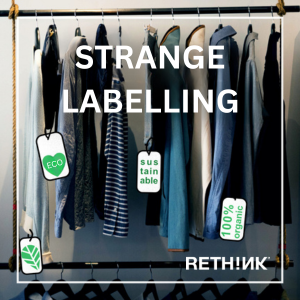
DO YOU WANT TO BE A CONSCIOUS CONSUMER WHEN PURCHASING NEW CLOTHING BUT ARE UNSURE WHAT ALL THE “GREEN” STAMPS AND LABELS MEAN?
Seeing various ecolabels on items sold in stores is becoming more common. Clothing companies, for example, may use their own labels to indicate that their products are “eco,” “sustainable,” or “environmentally friendly.” Still, they do not always specify the criteria for these labels.
In the case of clothing, no EU regulation requires the product to be certified by authorities or approved by an accredited control body to be labelled organic. This allows companies to create labels based on their own rules and conditions, which can lead to consumer confusion [1]! It can also allow companies engaged in environmentally hazardous activities to market a false “green” image by emphasising individual environmental measures, known as greenwashing [2] [6].
Businesses are not just allowed to make any green claims they want. According to the Marketing Act, it must be possible to prove valid and relevant claims [3]. For example, the Swedish consumer agency highlights several factors companies must consider regarding eco-labelling. Firstly, if a company uses its own or an independent ecolabel, it must fulfil the requirements for using the label. The criteria for the label must also demonstrate clear environmental benefits compared to competing products and be accessible in a simple and public way. You can learn more and watch a film explaining how companies can promote sustainability here ![]()
Making sustainable choices at the clothing store can be difficult, especially when there are numerous labels to choose from. So, how do you know which ones are reliable? According to a 2018 Ecolabelling Sweden (part of the Nordic Ecolabel organisation) survey, two out of three Swedes need help deciding which labels guarantee that the product is produced in an environmentally sustainable manner [4].
If you want to be sure that a label is reliable, choose clothes labelled with an independent eco-label created by a third party [5]. These labels should set higher production standards and require full transparency from the company. Companies apply for certification and must comply with the requirements to be authorised to use the label. This way, consumers know that a product has undergone external scrutiny. Therefore, independent labels are often more reliable than when a company uses its own label.
SO, BEFORE THE NEXT TIME YOU FIND YOURSELF STANDING IN A STORE SCRATCHING YOUR HEAD OVER ALL THE “GREEN” OPTIONS, GET SOME INPUT FROM THIS SMALL GUIDE ON INDEPENDENT ENVIRONMENTAL LABELS FOR CLOTHING AND MATERIALS:
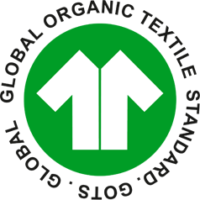
GOTS (Global Organic Textile Standard) – the international eco-label for textiles and clothing that places social and environmental demands on the entire production stage, from cultivation to finished product. One of the requirements for using the label is that the product must consist of at least 70% organic fibre. Read more at GOTS ![]()
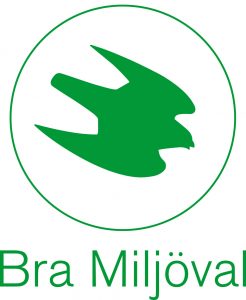
“Good Environmental Choice“ – the Nature Conservation Society’s labeling for textiles and clothing. The labeling is divided into two categories; Fiber and Preparation. This labeling system place demands on the entire production chain regarding the impact on the environment and the working conditions of those who manufacture the product. Second Hand is for used clothes, and Re-Design is for reused textiles or clothes made from waste materials. The requirements for Good Environmental Choices are continuously tightened. Read more: Bra Miljöval ![]()
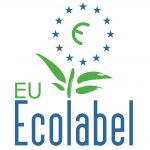
EU Ecolabel – the EU’s textile and clothing environmental label, also known as the EU flower. They emphasise the demands on the product’s life cycle, beginning with raw material production and ending with waste management. Among the requirements are the reduction of environmentally hazardous substances and air and water pollution in manufacturing and a quality guarantee for the product’s durability. More information: EU Ecolabel ![]()
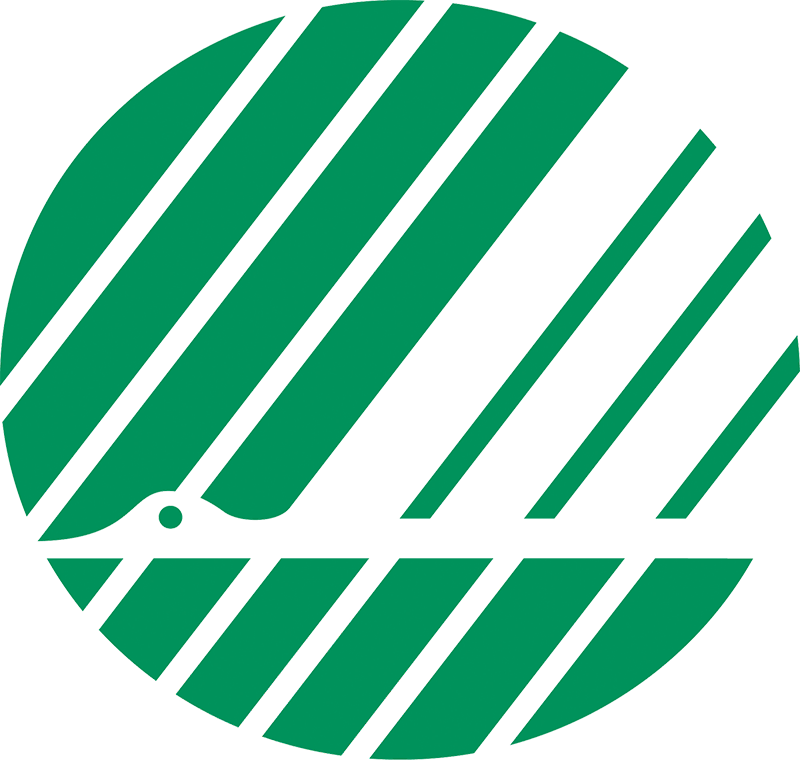
The Swan – Sweden’s version of the EU flower (EU Ecolabel). This environmental label also includes requirements for the product’s entire life cycle, including everything from chemical use to emissions and waste disposal. Read more: The Swan ![]()

STANDARD 100 by OEKO-TEX – STANDARD 100 is an environmental label that ensures that no hazardous substances are present in textile products. To obtain the STANDARD 100 label, all components and steps in the manufacturing process, from thread to fabric to finished product, must be tested for harmful substances using OEKO-TEX criteria. As a result, the label includes not only prohibited substances, but also those suspected of having negative health effects.
Read more: OEKO-TEX ![]() RISE
RISE ![]()

LEATHER STANDARD by OEKO-TEX – STANDARD 100 is the internationally recognised testing and certification system for leather and leather products. It ensures that the labelled article, such as the leather itself or finished leather products, has passed a test for harmful chemicals to health. Except for leather from exotic or protected animal species such as crocodiles and snakes, everything from raw leather to finished leather products can be labeled with LEATHER STANDARD.
Read more at OEKO-TEX ![]()

Responsible Wool Standard (RWS) – the part of the Textile Exchange organisation that focuses on the welfare of sheep and their pastures. RWS certifies all participants in the wool value chain, from wool farmers to yarn and textile manufacturers to clothing manufacturers. Wool farming certification includes criteria for animal welfare and land management. Other actors in the value chain are certified according to various standards, aiming to trace raw materials through all stages and ensure product content. Read more at RWS ![]()

Responsible Down Standard (RDS) – is the Textile Exchange’s down and feather standard. The RDS certification ensures that the ducks and geese used for down and feathers were treated humanely. Like the Responsible Wool Standard, RDS has criteria for animal welfare and value chain actors.
Read more at RDS ![]()
Sources
- Sverigesnatur.org – This is how the clothing industry deceives you with fake eco-labelling

- Bramiljoval.se – About Good Environmental Choice

- Konsumentverket.se – Environmental claims in advertising

- Gov.UK – Green Claim Codes for shoppers

- Ecowatch.com – Conscious Consumers Can Rely on Third-Party Certification to Transform Fashion

- Ecowatch.com – A Guide to Greenwashing and how to spot it




